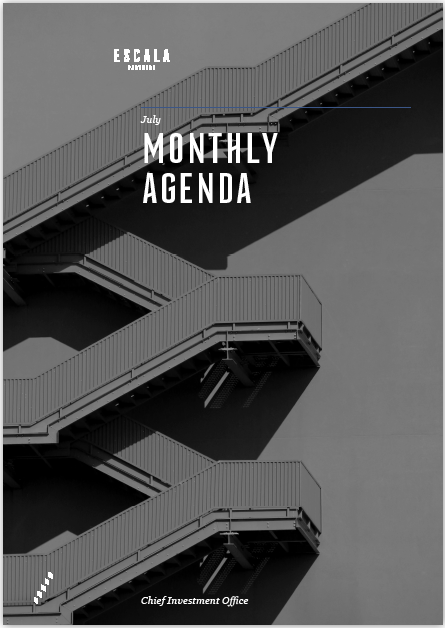-
Overview
Holders of highly rated bonds have never been paid so little. Yields on U.S. investment-grade corporate debt are a basis point or so wider in the last couple of days but are still pretty close to the record low reached earlier this month. Why is this happening? Because the US Federal Reserve is in the market as a buyer of last resort, so investors are demanding less yield for the amount of risk on a company’s balance sheet than at any time in at least a decade.
Chart 13: Yield to worst on US investment grade bonds (%)

Source: Bloomberg
The positive U.S. yield premium is no longer a source of support for the dollar. The premium has been overcome by the aggressive Fed policy response to combat the effects of the coronavirus and an associated 150 basis points slide in two-year Treasury yields since January. That’s an overwhelmingly negative factor for the US dollar. The dollar isn’t always strongly correlated to yields, but with the two-year Treasury yields below 0.15% and markets already priced for lower interest rates in the EU and Japan, the minuscule absolute advantage of Treasuries isn’t much of a draw for yield hungry investors.
Chart 14: Falling 2-year US bond yields weigh on USD

Source: Bloomberg
The consensus is calling for a major shift at the next meeting of the Federal Reserve in September, when the U.S. central bank is expected to lay out a new monetary framework, possibly involving average-inflation targeting and strengthening forward guidance. Investors are already bracing for the potential change. Real yields continued to drop, and traders see no rate hikes until late 2023. At its latest meeting, Chair Powell reiterated the Fed’s commitment to low rates until there’s a durable recovery. That is pushing gold and currencies higher against the dollar.
Chart 15: US 10-year Real yield (%) and Gold (USD/Oz)

Source: Bloomberg







